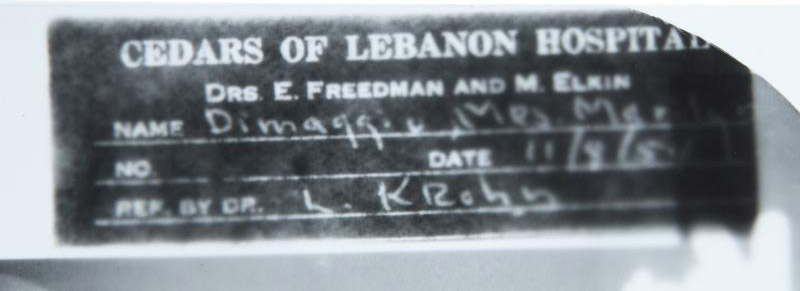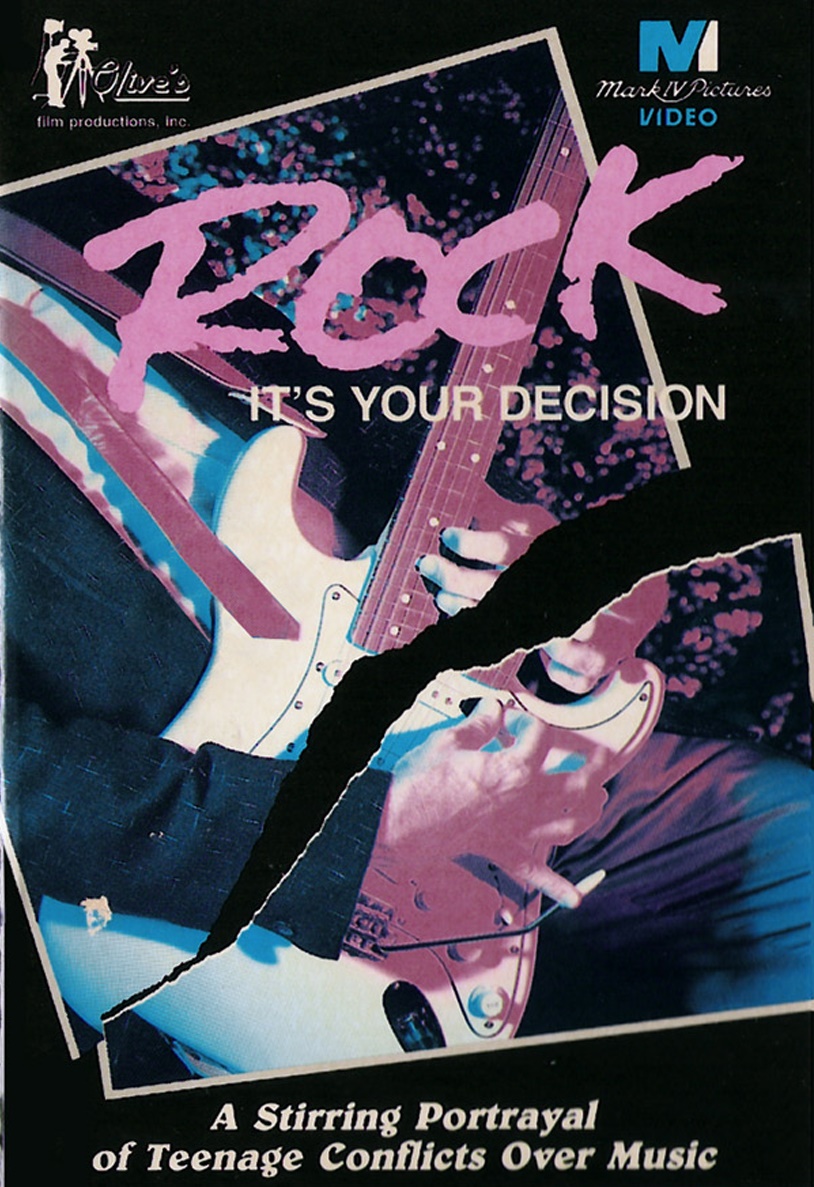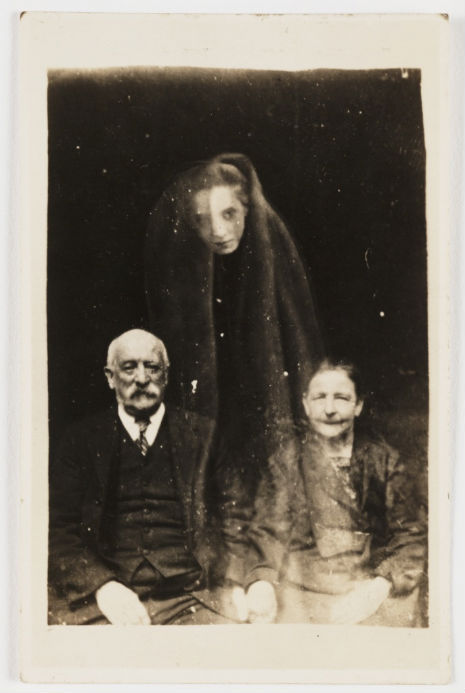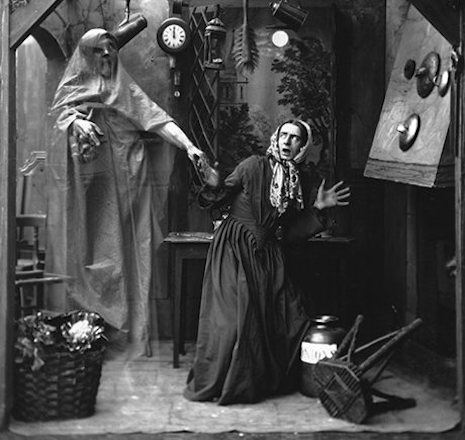
Few albums have been, completely by accident, so aptly titled as Nico’s The Drama of Exile. Its recording and release history is convoluted and rife with drama, suspicion, fraud, theft, and legal recrimination. The album was Nico’s first since 1974’s The End, and features music written over a seven-year period. It was recorded twice in 1981—the first recording was released that year by a paranoid label boss who, convinced that Nico’s manager was going to swipe the master tapes and cut him out of the release, himself did exactly that, cutting Nico out of the release and issuing horrible sounding rough mixes as a finished LP, to the utter horror of the musicians and producer, some of whom went uncredited.

Another version of the album was recorded only one month after the first, but wasn’t released until 1983, after a legal battle over the first version. The second album has a different track list from the first—it includes the songs “Sãeta” (also sometimes known as “The Line” due to its mistitling on the posthumous Hanging Gardens LP) and “Vegas.” Since neither song was on the first version of Exile, they weren’t tied up in the legal mess, and so were able to be released as a 1981 single—on a different label, we hope it goes without saying.
The single was well-received, and a lot of live versions of “Sãeta” have made their way out there, legitimately or not, even before the YouTube/ETEWAF era. But a previously unheard early version is coming to light. In 1976, to help promote the then recently re-opened and absolutely legendary NYC rock club Max’s Kansas City, talent buyer Peter Crowley compiled a selection of recordings by bands associated with the club, a collection that was released as Max’s Kansas City 1976, an epochal compilation that exposed adventurous listeners to radical new artists like Pere Ubu, Suicide, and Nico’s fellow Warhol Factory alumnus Wayne County, soon to become known as Jayne County. That album is being greatly expanded for re-issue—by Crowley himself—to 25 tracks on vinyl, and 40 tracks on a 2XCD set called Max’s Kansas City: 1976 & Beyond.


The expansion includes plenty of previously unreleased material and rarities by the likes of New York Dolls, the Heartbreakers, Iggy Pop, and Sid Vicious, and there’s a really, really great live version of “Sãeta.” I was hoping it was from a performance at Max’s, but evidently recordings made of Nico at that club didn’t survive. For the comp they’ve used a recording made in Europe in 1983, so I guess this falls under the “Beyond” category implied by the re-release’s title. I can live with that, though if there are lost Nico recordings from Max’s in 1976, somebody goddamn find those already. It’s performed in a different key and at a different tempo than the familiar single version, and it’s quite a stunner, with a very prominent guitar part played by the Invisible Girls’ Lyn Oakey. We’ve been permitted to share it with you ahead of the release, and because comparing versions is good dorky fun, we’ve also included the original single version and a live version performed in Manchester with the backing of the Blue Orchids.
Listen after the jump…




























